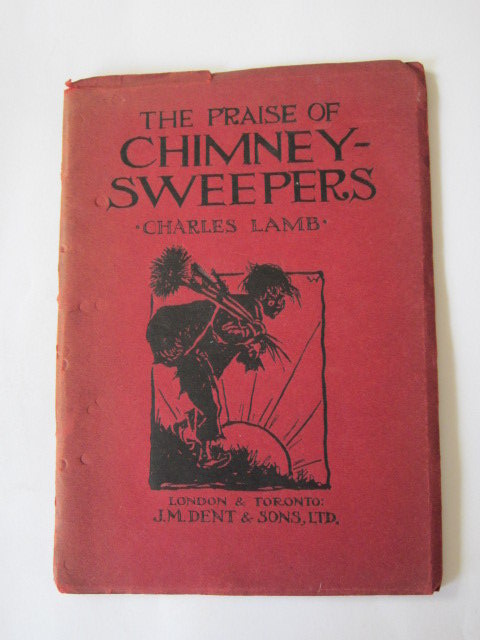The Praise of Chimney Sweepers: A Poetic Exploration
The Praise of Chimney Sweepers, a poignant poem by William Blake, paints a vivid picture of the harrowing lives of child chimney sweeps in Georgian England. Its haunting imagery and allegorical symbolism have captivated readers for centuries.
Suitable Poetry Writing Styles
- Romantic: Emphasizing emotional expression, nature imagery, and the glorification of childhood innocence.
- Victorian: Exploring themes of social inequality, industrialization, and the search for purpose.
- Modernist: Breaking away from traditional forms and experimenting with fragmentation, collage, and stream-of-consciousness.
Poetry Explorations
Ode to the Chimney Sweep
In soot-stained streets, where shadows creep,
A child ascends, a forlorn sweep.
Blackened faces, a somber sight,
Their cries for help lost in the night.
With brushes coarse and hands so small,
They navigate chimneys, dark and tall.
Their tender lungs choked with soot and grime,
A cruel fate, a life of pantomime.
Song of the Chimney Sweep
(In the voice of a chimney sweep)
I dance amidst the sooty haze,
A mournful song, my fate betrays.
From dawn to dusk, I toil and weep,
My childhood lost in ashes deep.
Through narrow flues, I make my way,
My breath choked by the smoke’s cold sway.
The world outside, a distant dream,
As darkness envelops, it seems.
Elegy for the Lost
In solemn silence, let us mourn,
The children lost, their spirits torn.
Their tiny bodies, crushed and frail,
Victims of a system that cannot fail.
Their songs, once filled with joy and glee,
Now silenced by society’s decree.
Their innocence, forever gone,
A chilling reminder of what’s been done.
How to Write Poetry on The Praise of Chimney Sweepers
- Research the historical context and the plight of child chimney sweeps.
- Employ vivid imagery and sensory language to evoke the emotions of the subject matter.
- Experiment with different poetic forms and techniques to convey the complexity of the theme.
- Consider the use of allegory and symbolism to explore deeper meanings.
Tips for Reading Poetry
- Read aloud to fully appreciate the rhythm and sound of the language.
- Pay attention to the use of imagery, metaphor, and symbolism.
- Consider the author’s purpose and the historical context of the poem.
- Engage in critical thinking and analysis to uncover the deeper meanings and messages.
Frequently Asked Questions
- What is the significance of the chimney sweep as a symbol? The chimney sweep represents the exploitation and mistreatment of children in Victorian England.
- How does the poem reflect the social inequalities of the time? The poem highlights the stark contrast between the wealthy elite and the impoverished working class.
- What is the purpose of the allegorical elements in the poem? The allegorical elements convey deeper meanings about innocence, exploitation, and the search for freedom.
Conclusion
The Praise of Chimney Sweepers remains a powerful and timeless poem that exposes the horrors of child labor and the enduring struggle for social justice. By exploring this complex subject matter through the lens of poetry, we can gain valuable insights into our own humanity and the importance of fighting against oppression.
Remember: Plagiarism is a serious offense. Always give credit to the original author when using their work. By respecting the rights of others, we foster a culture of creativity and artistic integrity.

